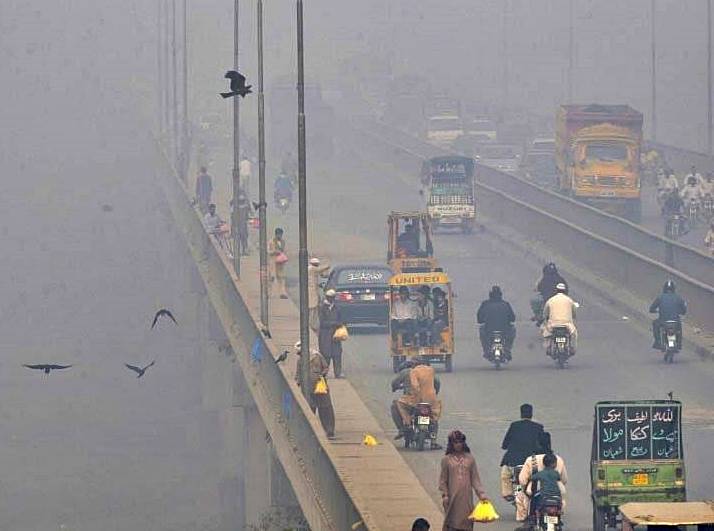ISLAMABAD – Below-normal rains and above-normal temperatures are expected in Pakistan during November 2024.
The prevailing climatic conditions will likely intensify smog/fog in plains and prolog dengue season in Pakistan.
As per the Pakistan Meteorological Department (PMD), sea surface temperatures in the Niño 3.4 region are expected to decrease, suggesting weak La Niña conditions. The Indian Ocean Dipole (IOD) will stay above average.
Considering these climate drivers and General Circulation Model (GCM) predictions, Pakistan’s climate outlook for the month of November 2024 will be as follows:
Rainfall Outlook: A below-normal rainfall is expected across the country. However, near-normal rainfall is specifically anticipated in Sindh, Balochistan, and southern Punjab.
Temperature Outlook: Temperatures are expected to remain slightly above-normal nationwide, with maximum departure over Gilgit-Baltistan and western Balochistan. Whereas, eastern Sindh is expected to experience near-normal temperatures.
Impacts
Rice Harvesting: The dry conditions with slightly above-normal temperatures will generally favor Basmati rice harvesting, minimizing the risk of crop damage from rain.
Water Availability: Below-normal rainfall may reduce water availability for irrigation in rain-fed agricultural regions, potentially impacting early Rabi season crop sowing, especially for wheat and barley.
Soil Moisture: With relatively low rainfall, soil moisture levels may decline, which could hinder seed germination and early crop development for newly sown Rabi crops.
Smog and Air Quality: Warmer and drier weather may contribute to stagnant air conditions, the smog will intensify during first week of the month, especially in Punjab and major urban areas. This can exacerbate respiratory illnesses, particularly affecting those with asthma or other chronic respiratory conditions.
Dengue: Slightly warmer-than-normal temperatures may extend the dengue season, particularly in areas where mosquito breeding is more prevalent, such as southern Punjab, Sindh, and Balochistan. A potential decline in cases is anticipated following the first half of November.
Fog Formation: Although the weather is warmer than average, nevertheless ambient conditions are conducive for fog formation, especially in plain and lower parts of Punjab, Khyber Pakhtunkhwa and Sindh.
Reduced visibility due to fog/smog could disrupt highway travel and cause delays at major roadways and airports, particularly during night and early morning.
Reservoirs and Dams: The below-normal rainfall may affect reservoir replenishment levels, particularly in areas that rely on November rainfall for early water storage. Water management authorities are recommended to monitor reservoir levels and prepare for potential shortages if dry conditions persist.










